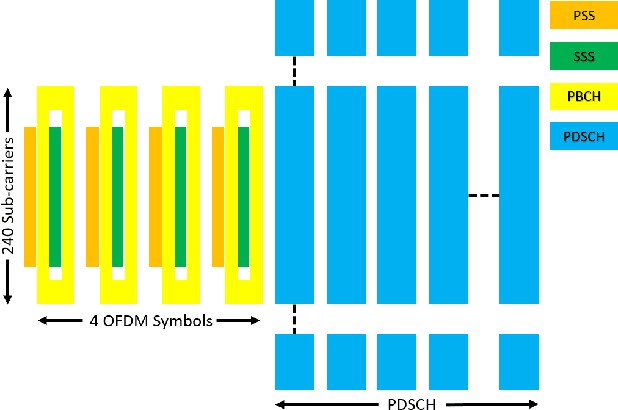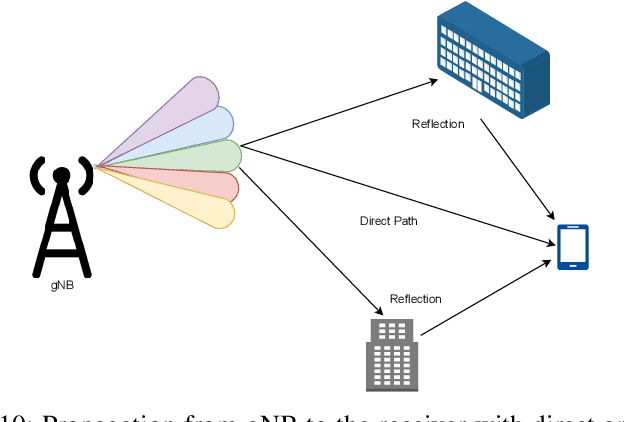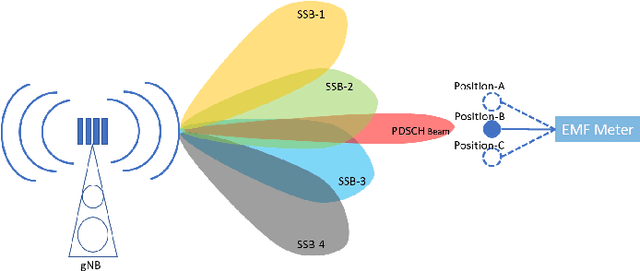Demonstration of Safe Electromagnetic Radiation Emitted by 5G Active Antenna Systems
Paper and Code
Jun 12, 2024



The careful planning and safe deployment of 5G technologies will bring enormous benefits to society and the economy. Higher frequency, beamforming, and small-cells are key technologies that will provide unmatched throughput and seamless connectivity to 5G users. Superficial knowledge of these technologies has raised concerns among the general public about the harmful effects of radiation. Several standardization bodies are active to put limits on the emissions which are based on a defined set of radiation measurement methodologies. However, due to the peculiarity of 5G such as dynamicity of the beams, network densification, Time Division Duplexing mode of operation, etc, using existing EMF measurement methods may provide inaccurate results. In this context, we discuss our experimental studies aimed towards the measurement of radiation caused by beam-based transmissions from a 5G base station equipped with an Active Antenna System(AAS). We elaborate on the shortcomings of current measurement methodologies and address several open questions. Next, we demonstrate that using user-specific downlink beamforming, not only better performance is achieved compared to non-beamformed downlink, but also the radiation in the vicinity of the intended user is significantly decreased. Further, we show that under weak reception conditions, an uplink transmission can cause significantly high radiation in the vicinity of the user equipment. We believe that our work will help in clearing several misleading concepts about the 5G EMF radiation effects. We conclude the work by providing guidelines to improve the methodology of EMF measurement by considering the spatiotemporal dynamicity of the 5G transmission.
 Add to Chrome
Add to Chrome Add to Firefox
Add to Firefox Add to Edge
Add to Edge